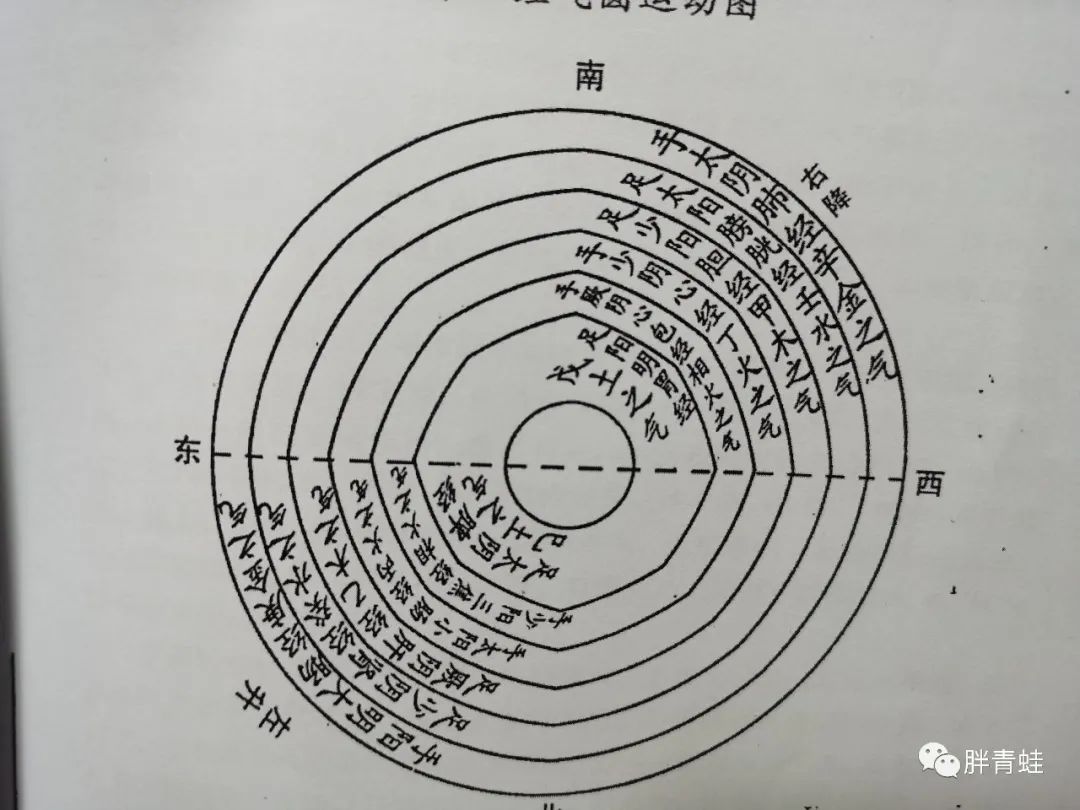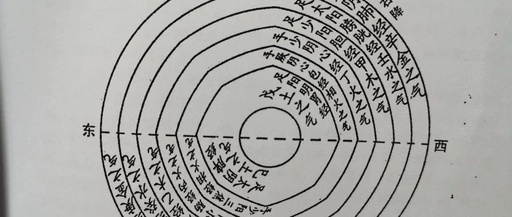
Recently, I have been learning to memorize the twelve meridians (shí èr jīng luò) of the human body, as shown in the image above, which is said to be the foundation of learning Traditional Chinese Medicine (TCM).
In this diagram, the twelve meridians are divided into six pairs, forming a circular motion loop. At first glance, it indeed seems quite difficult, especially for a beginner, as just looking at these terms can be a bit overwhelming.
However, to learn, one must push through. If you truly settle down and explore carefully, there are patterns to be found.
For instance, I already have a certain understanding of the attributes of each meridian, such as liver wood (gān mù), kidney water (shèn shuǐ), heart fire (xīn huǒ), lung metal (fèi jīn), and spleen earth (pí tǔ), which are well ingrained in my memory and do not require further memorization.
Additionally, the organs (zàng fǔ) are interrelated, sharing similar attributes: the lungs correspond with the large intestine, the kidneys with the bladder, the liver with the gallbladder, the heart with the small intestine, the spleen with the stomach, and the pericardium with the san jiao.
The six energies they belong to are also paired oppositely, such as the hand taiyin lung meridian (shǒu tàiyīn fèi jīng) and the hand yangming large intestine meridian (shǒu yángmíng dàcháng jīng), both belonging to the metal energy, with one ascending and the other descending, forming a circular motion. Here, taiyin and yangming are opposites, with the lungs and large intestine being interrelated. Thus, the twelve meridians can be grouped into six pairs, reducing the memorization burden by half.
Moreover, taiyin pairs with yangming, jueyin pairs with shaoyang, and shaoyin pairs with taiyang. Once you know one, you can infer the other. We only need to remember the six meridians that ascend or descend, allowing us to deduce the other six meridians. The memorization burden is further reduced from six pairs to three pairs, making it easier.
Additionally, the book Ancient Chinese Medicine of Circular Motion (yuán yùn dòng de gǔ zhōng yīxué) summarizes: remember the first three characters of each meridian: the three yang of the hands ascend from the hands to the head, the three yang of the feet descend from the head to the feet, the three yin of the hands descend from the chest to the hands, and the three yin of the feet ascend from the feet to the chest. From the diagram, we can see that the path from the hands to the head is an upward movement, which is the main ascent, all located in the lower left. The three yang of the hands are indeed in the lower left of the diagram. The remaining meridians follow this pattern, which aids in memorization.
Using this method, I was able to memorize this diagram in a relatively short time, but to become proficient, further effort is required.
Once again, I feel that: nothing is difficult in the world, only those who lack determination are afraid.

